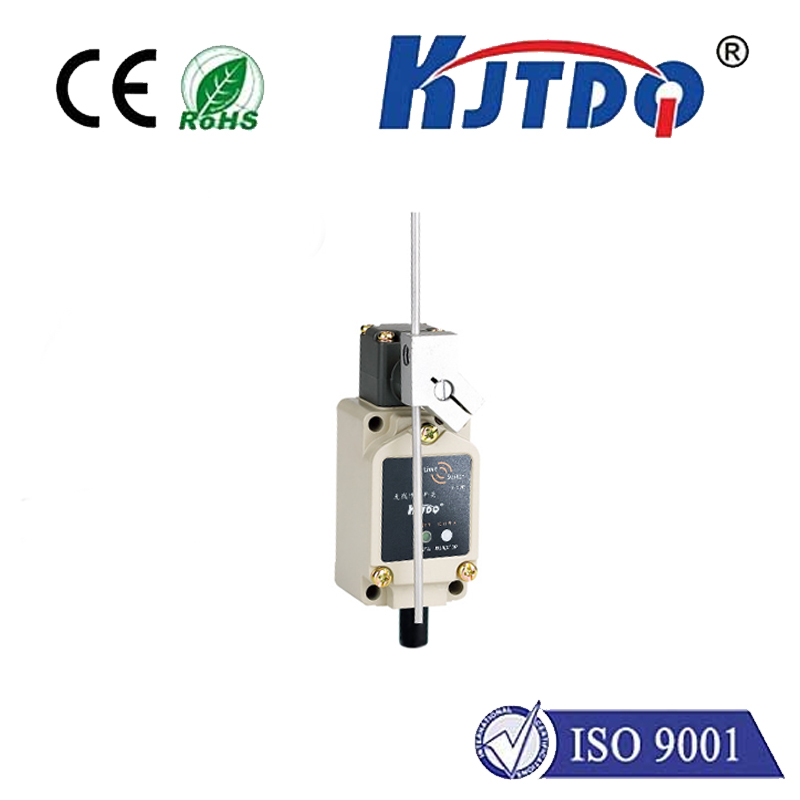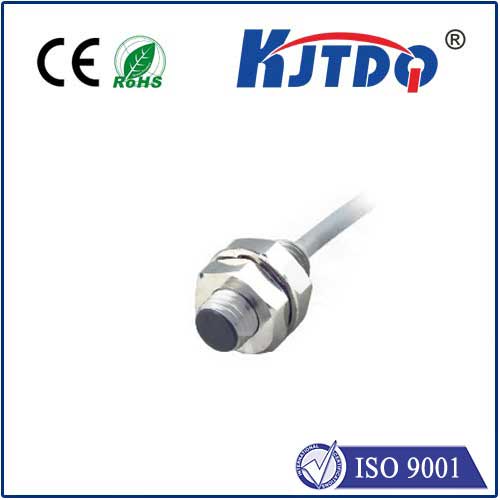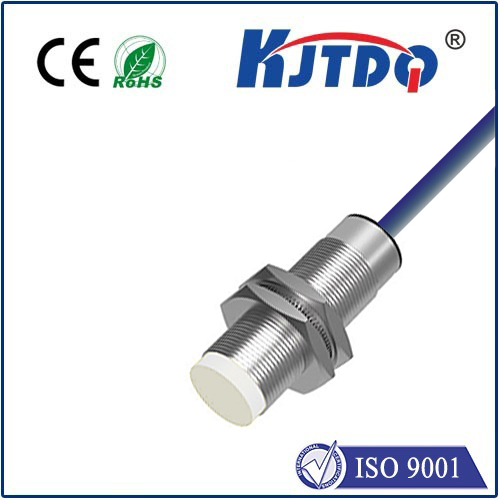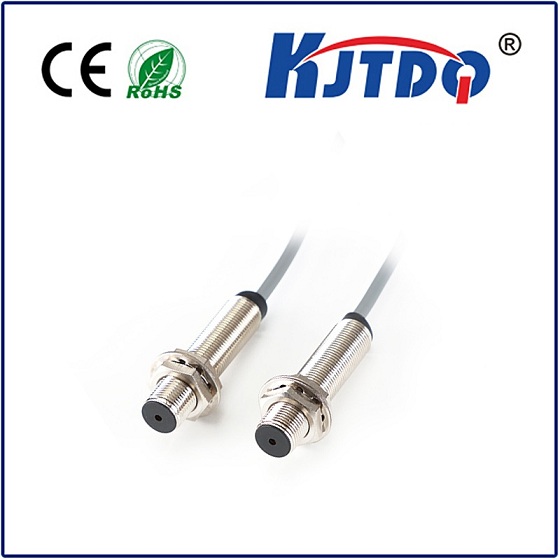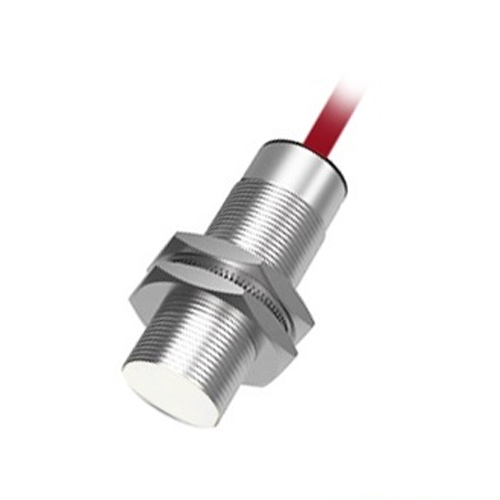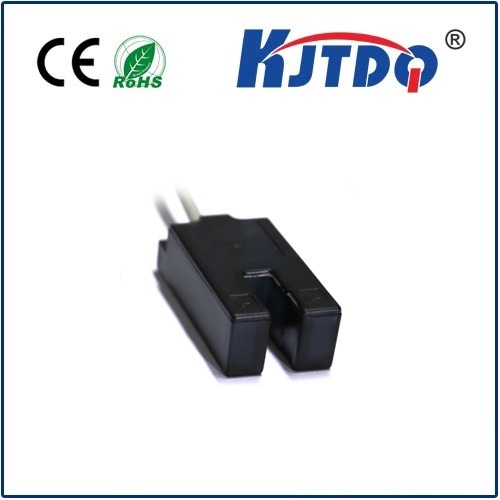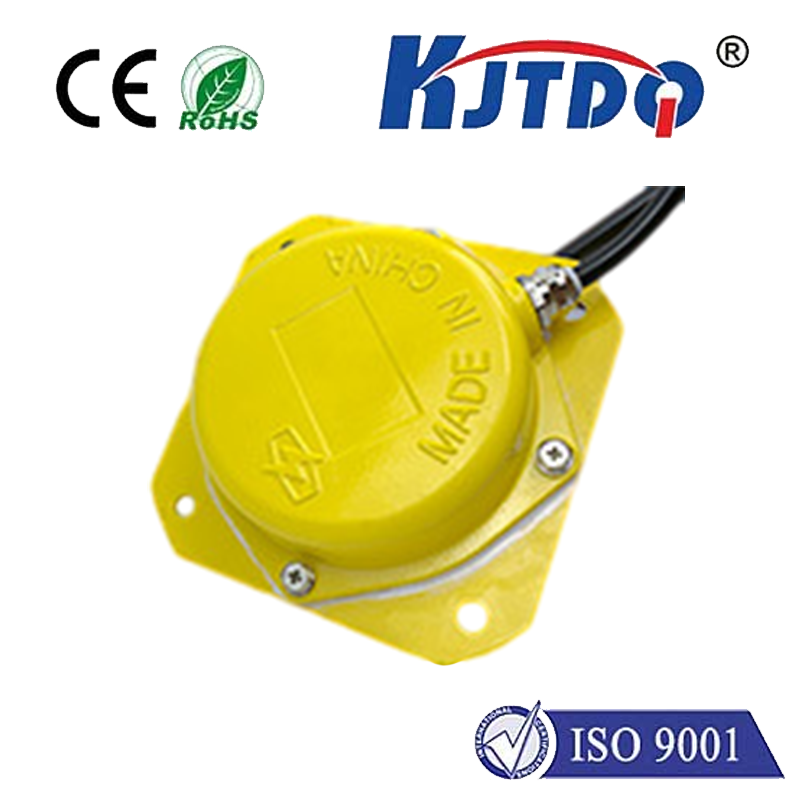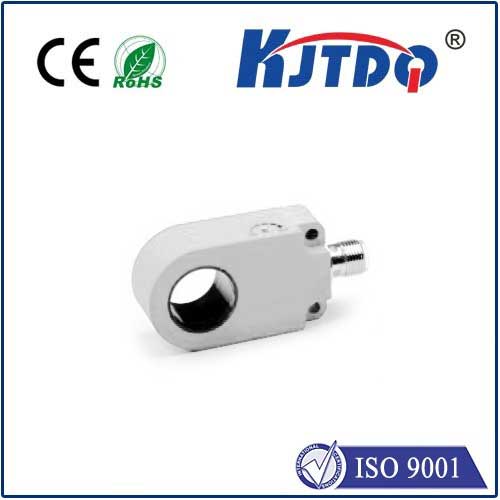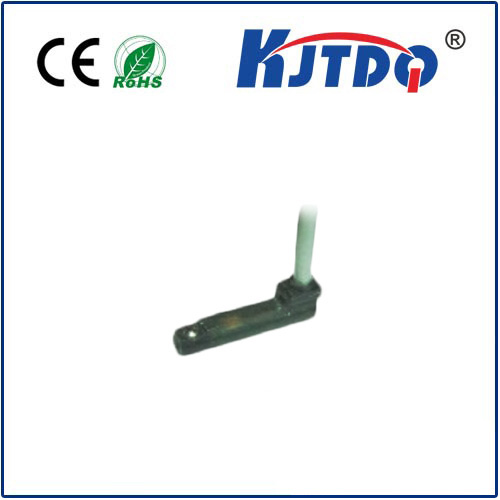

check

check

check

check

check

check

check

check

check

check
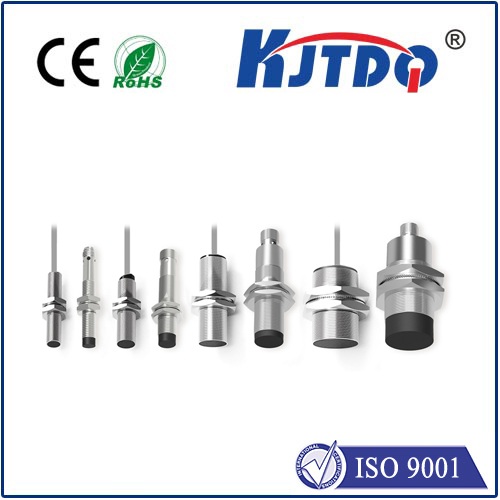
Inductive proximity switch sensor is a commonly used non-contact sensor that can detect the proximity of metal objects and output corresponding signals. Its working principle is based on the principle of electromagnetic induction. Let's learn more about it below.
First, the inductive proximity switch sensor consists of a coil and a capacitor. The coil is composed of a wire wound around a magnetic core. When an external metal object approaches the coil, the metal object will induce an induced current in the coil. This induced current will form an electromagnetic field in the coil, thereby changing the inductance value of the coil.
Next, the role of the capacitor comes. The plates of the capacitor are connected to both ends of the coil. When the inductance value of the coil changes, the capacitance value of the capacitor will also change. This change causes the charge distribution inside the capacitor to change, producing a voltage signal.
Finally, this voltage signal will be amplified and processed, and then output to the control system. The control system determines the approach of the metal object based on this signal and makes corresponding control actions.
It should be noted that the inductive proximity switch sensor can only detect the proximity of metal objects and cannot detect non-metallic objects. In addition, the distance between the metal object and the coil will also affect the detection sensitivity of the sensor. The closer the distance, the higher the detection sensitivity.
Generally speaking, the inductive proximity switch sensor is a simple and effective non-contact sensor. Its working principle is based on the principle of electromagnetic induction. It can detect the proximity of metal objects and output corresponding signals. It has been widely used in industrial automation and other fields.
